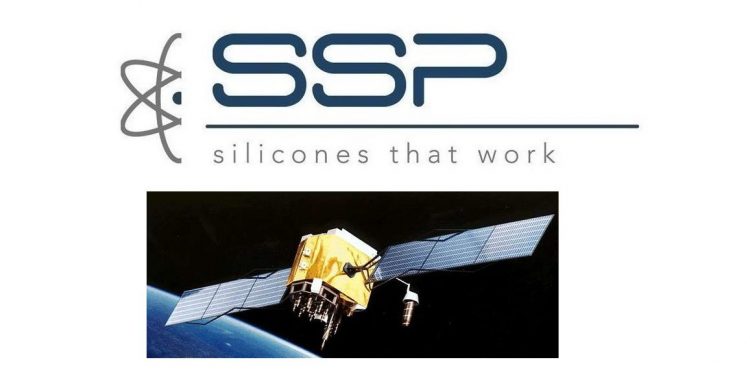Engineers are discovering that they need to replace standard gaskets and O-rings with products made from EMI/RFI materials. Often, this is because they’re developing new designs or testing next-generation versions of existing technologies with higher-than-expected RF emissions. This article from SSP provides an overview of EMI/RFI. It also includes some examples of what can go wrong.
What is Electromagnetic Interference (EMI)?
EMI is an electromagnetic disturbance that interrupts, obstructs, degrades, or otherwise limits the effective performance of electronics and electrical equipment.
- The “electromagnetic” in EMI refers to how electric current has electrical and magnetic forces and effects.
- The “interference” in EMI refers to how when an electromagnetic signal is transmitted, or propagated, that signal can be received by a circuit that is not the intended recipient.
Imagine a satellite in low earth orbit (LEO). It sends a signal that’s intended for a ground station but is received by another satellite instead. This signal interferes with the camera system onboard the receiving satellite, which then misses a time-sensitive opportunity to take pictures of a hurricane.
What is Radio Frequency Interference (RFI)?
RFI is an electromagnetic disturbance that affects radio frequency (RF) communications. The RF portion of the electromagnetic spectrum ranges from 30 Hz to 300 GHz and includes radio waves and microwaves. RFI is often associated with cellphones, but it’s a much larger problem.
In military applications, an adversary can use intentional RFI – a form of electronic jamming – to disrupt military radios. In space, RFI is naturally-occurring because of the Sun, pulsars, quasars, radio galaxies, and nebulas. For satellites that depend on RF communications, this unintentional RFI can degrade up links and down links.
Conducted EMI vs. Radiated EMI
For engineers who are facing EMI challenges, it’s important to consider the origin of the interference (i.e., the Sun vs. electronic jamming) and whether these signals are propagated through conduction or radiation. “Propagation” refers to how signals travel or are transmitted.
What is Conducted EMI?
Conducted EMI occurs when the interference travels along a direct route from a source to a receiver. Power cables and electrical interconnections can provide such a route, but so can parasitic capacitance between parts of an electronic component or circuit. Electrical motors, DC/DC converters, Ethernet traffic, and switch-mode power supplies are also sources of conducted EMI.
What is Radiated EMI?
Radiated EMI does not require physical contact between a source and a receiver. Instead, the interference travels through the air. Because radiated emissions spread outward and can travel long distances, radiated EMI can affect devices that are close by or far away. Many of the same sources that cause conducted EMI can cause radiated EMI; however, radiated EMI is also caused by:
- overhead power transmission lines
- AM/FM radio signals
- radar systems
- wireless communications devices.
EMI/RFI Shielding from SSP
Specialty Silicone Products (SSP) makes electrically conductive silicones that provide shielding against electromagnetic interference (EMI) and radio frequency interference (RFI). SSP fabricates these advanced materials into EMI/RFI Gaskets and EMI/RFI Conductive O-Rings. We also supply our materials to converters and fabricators.
Contact us for more information.





